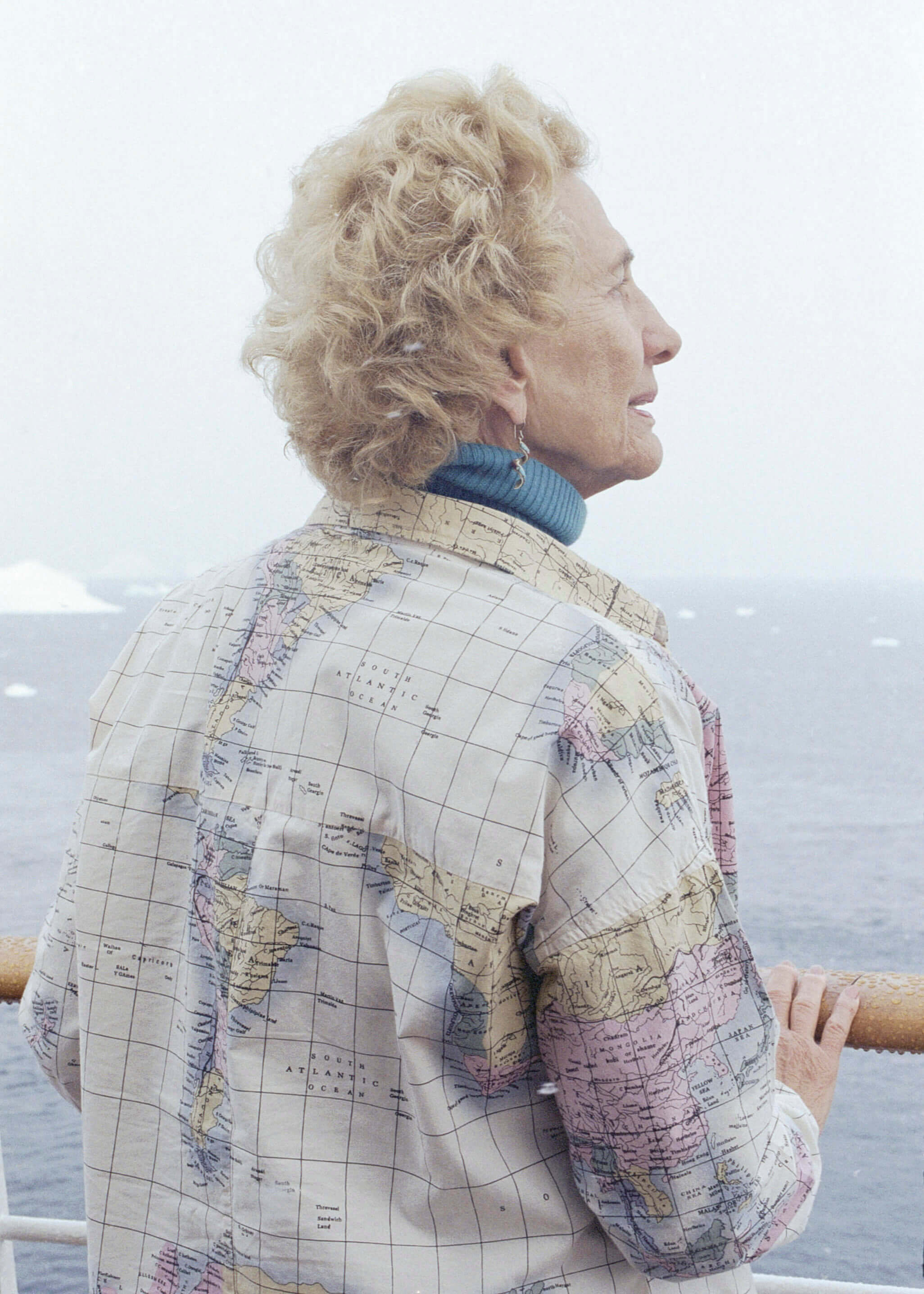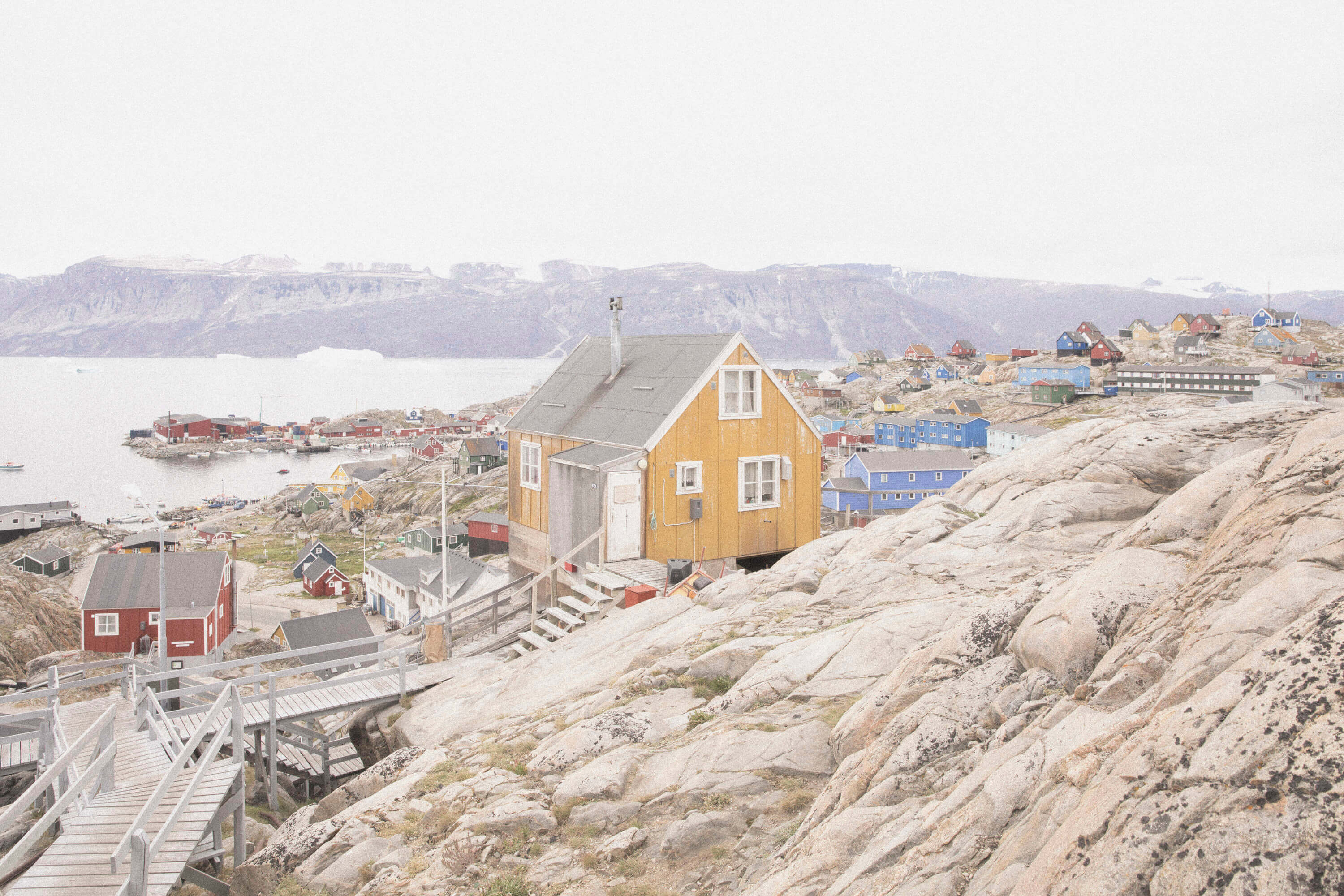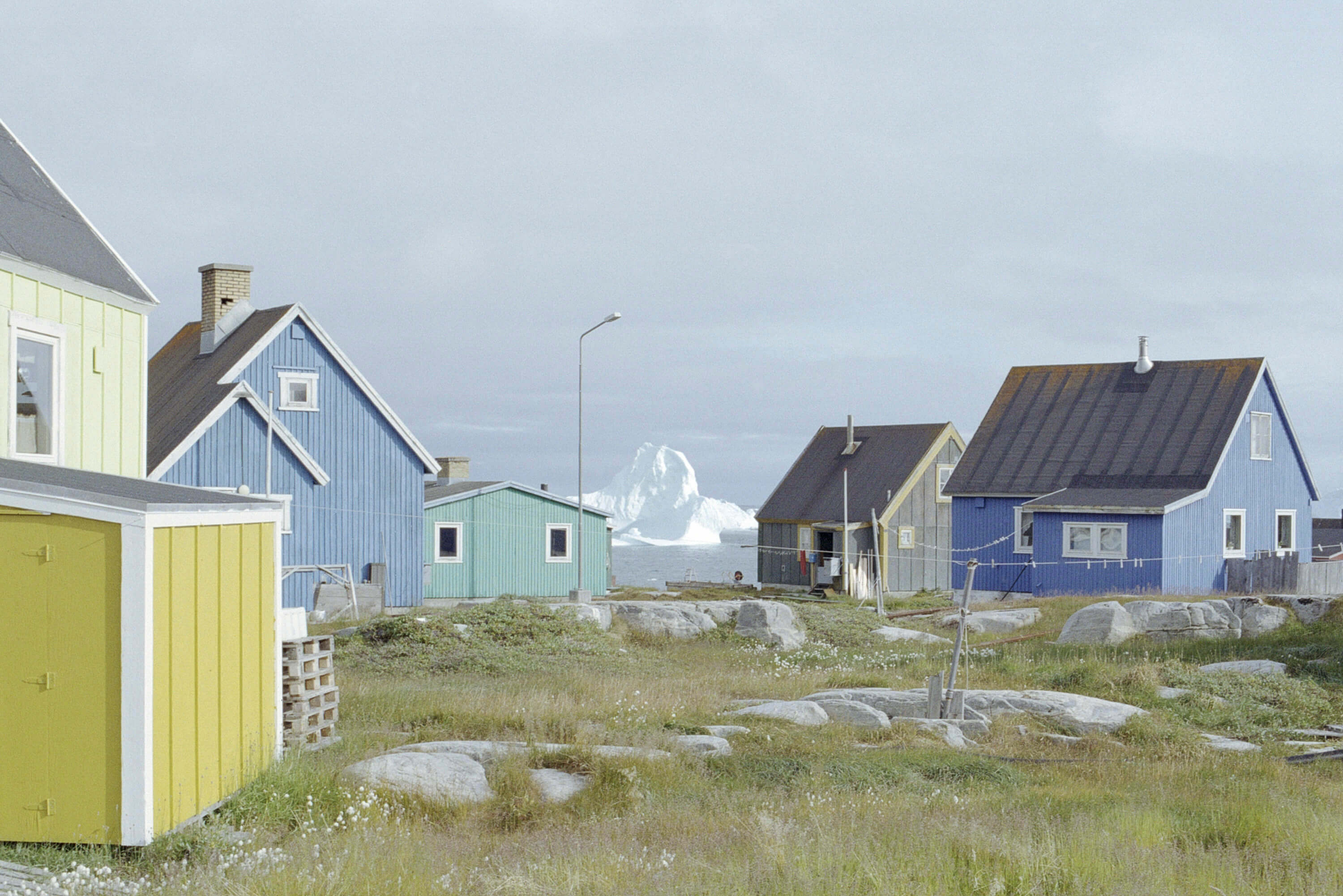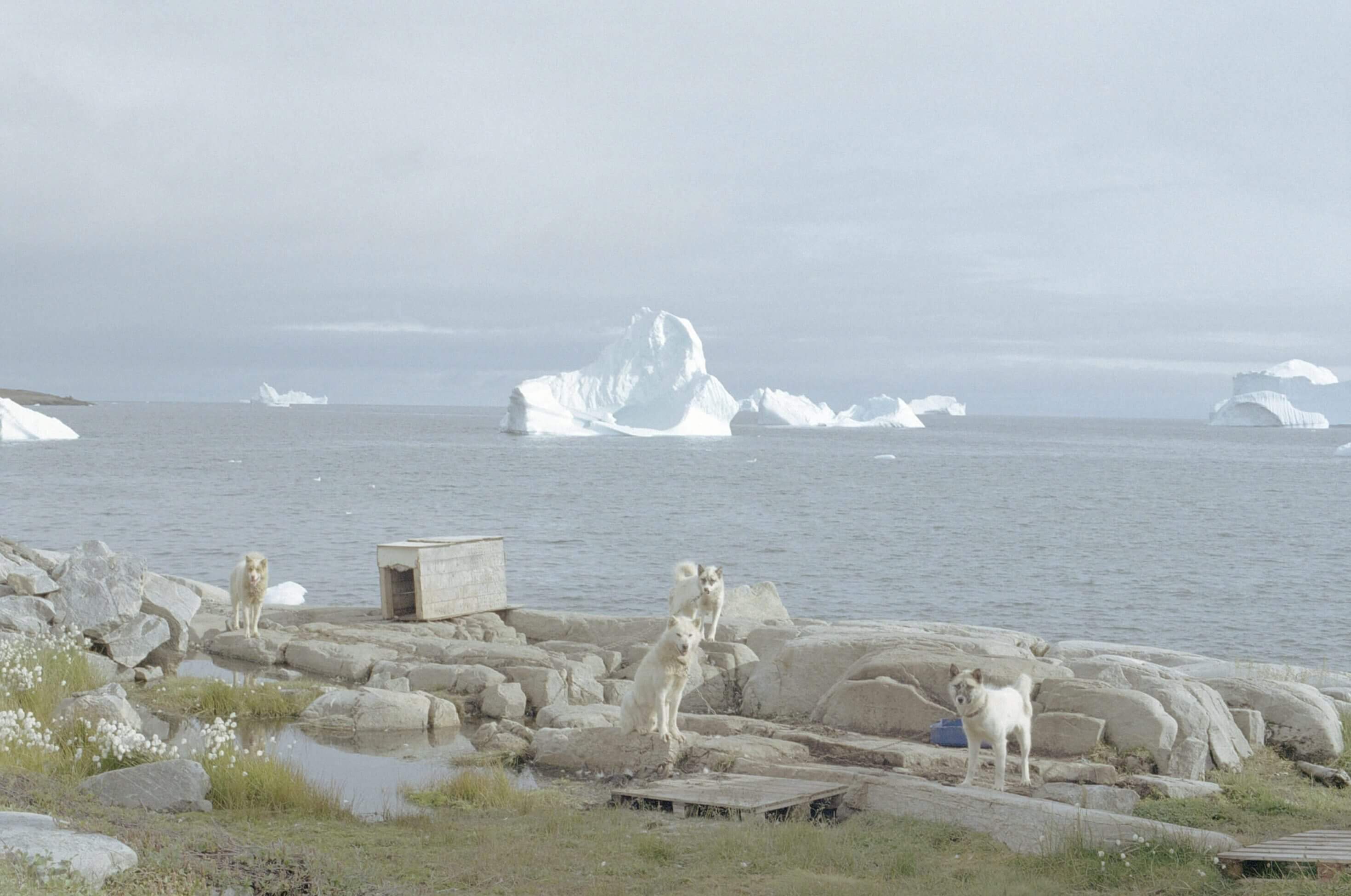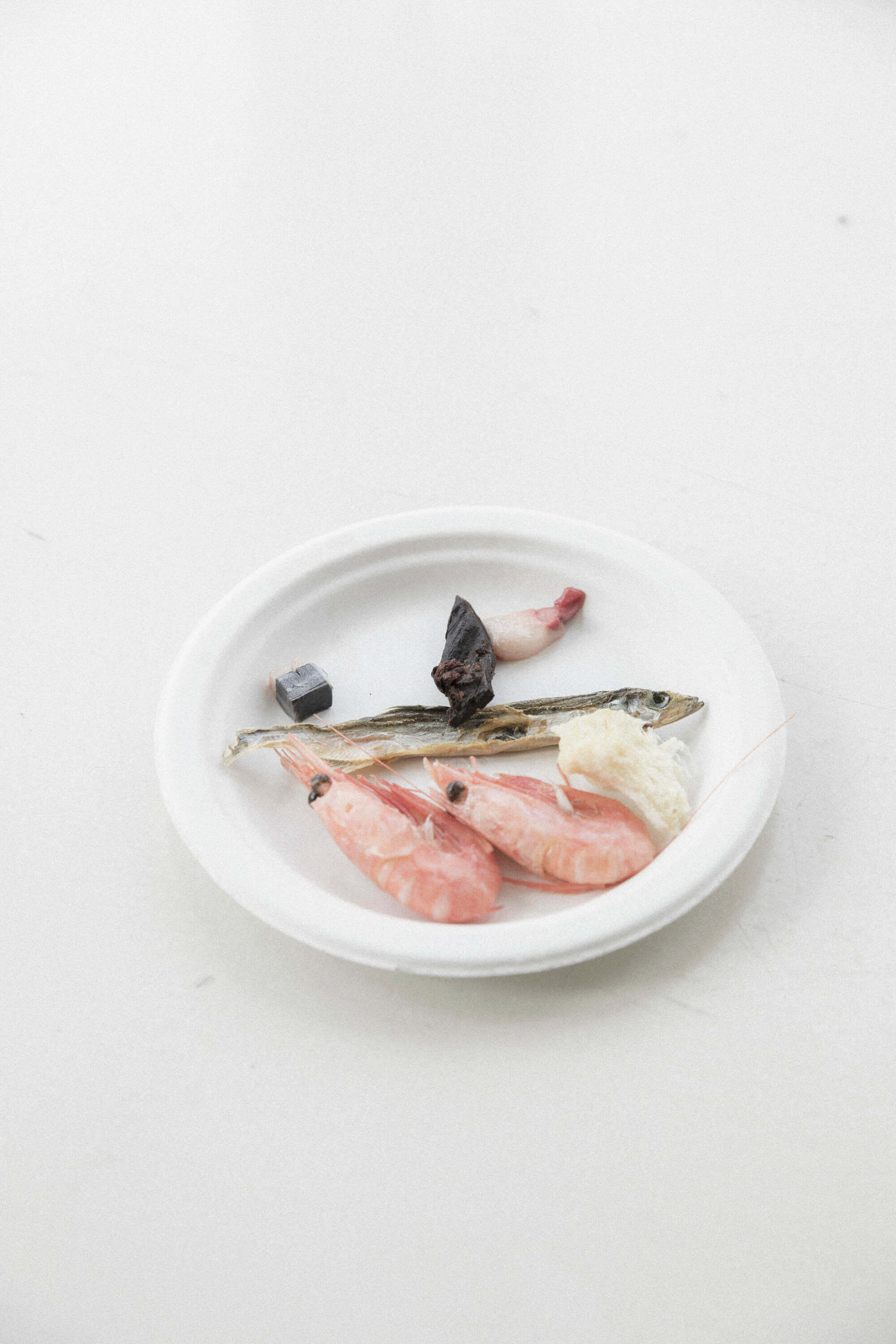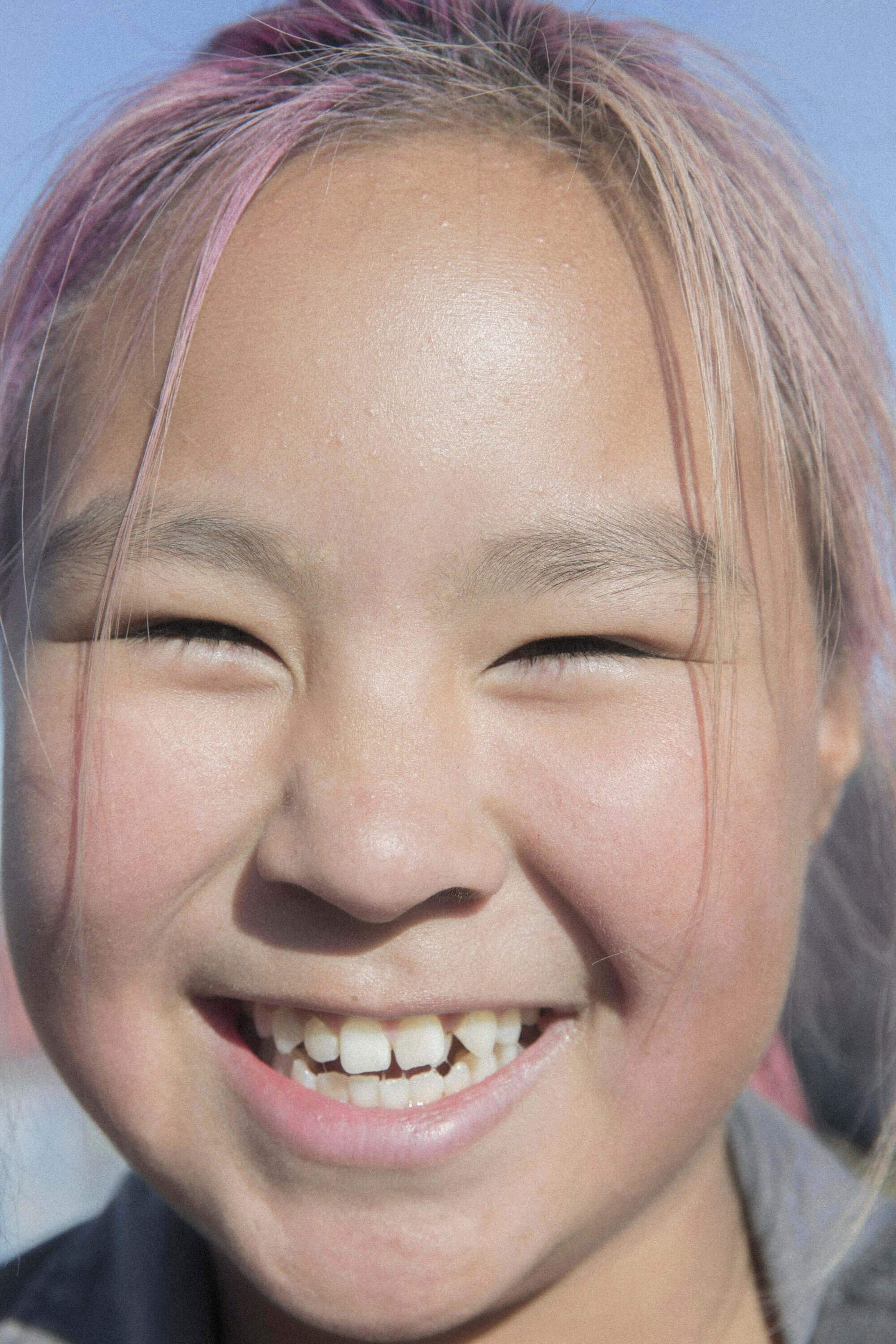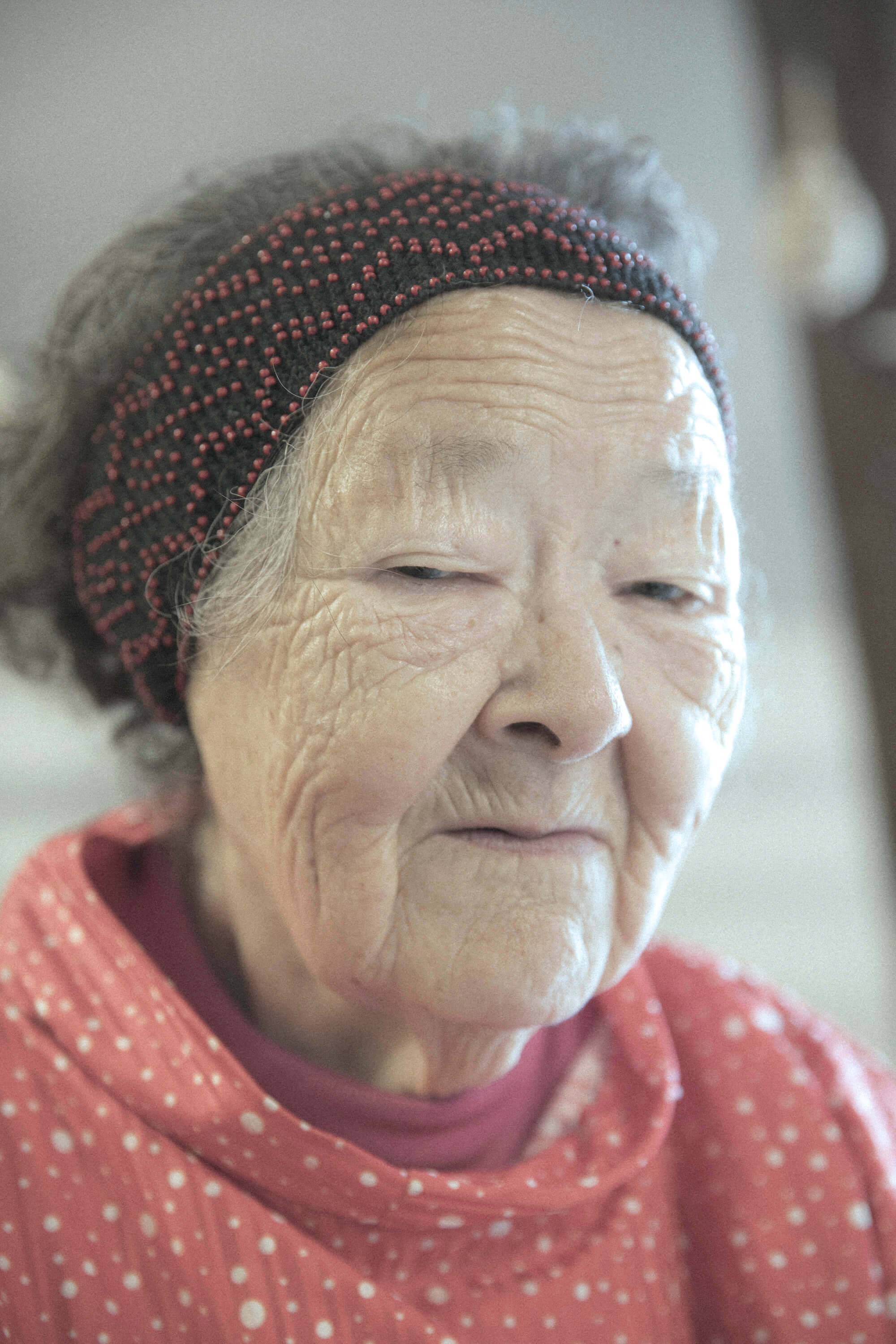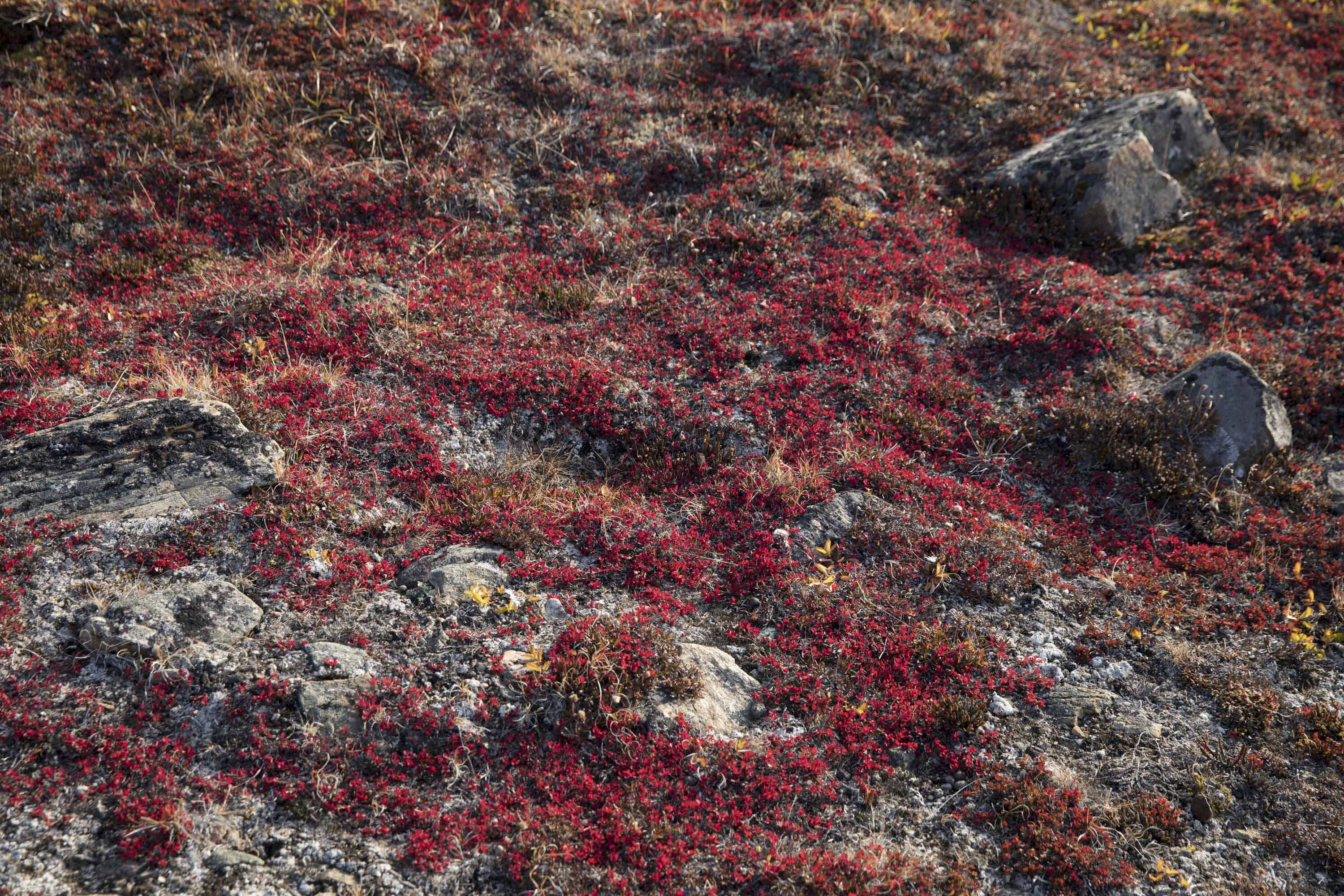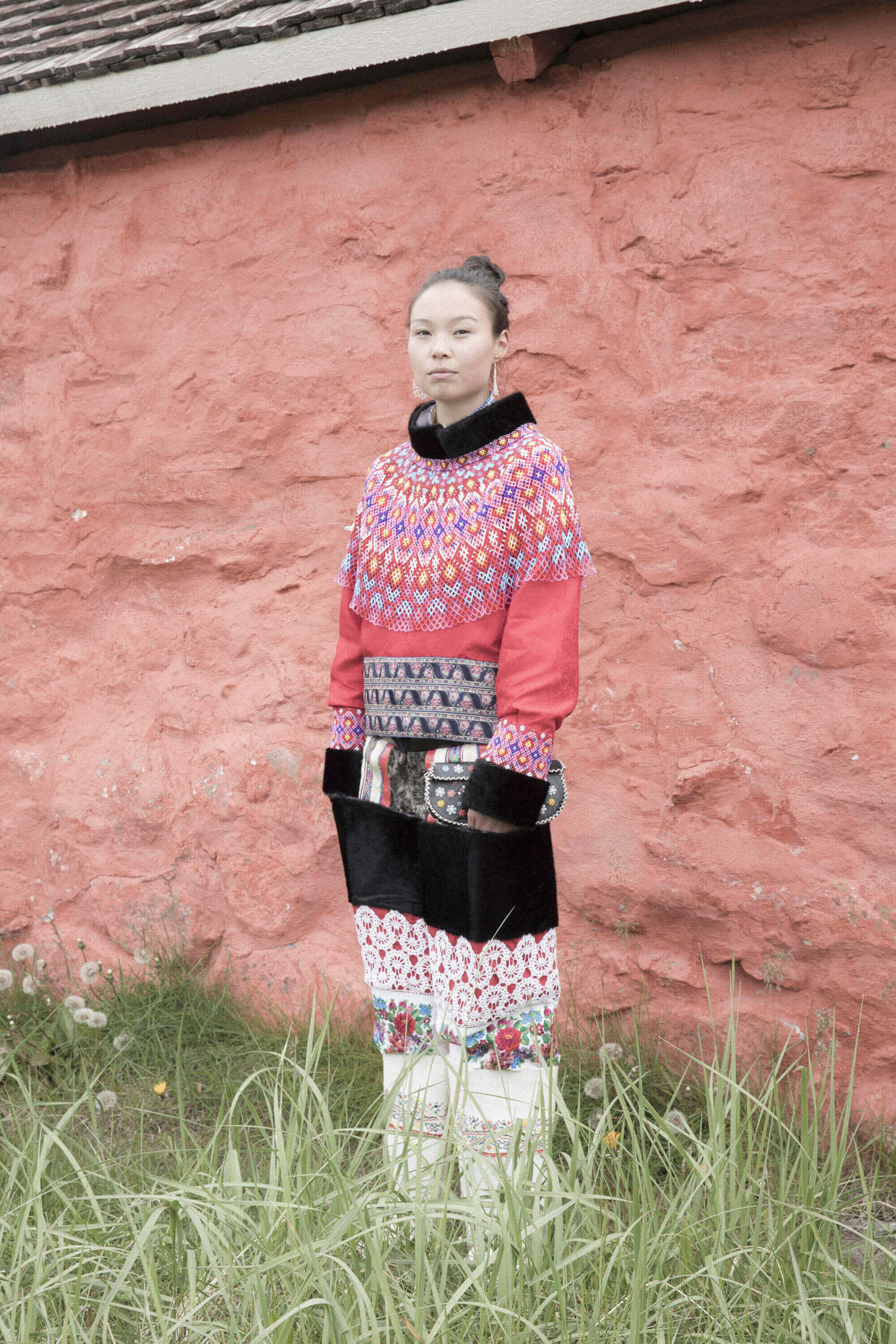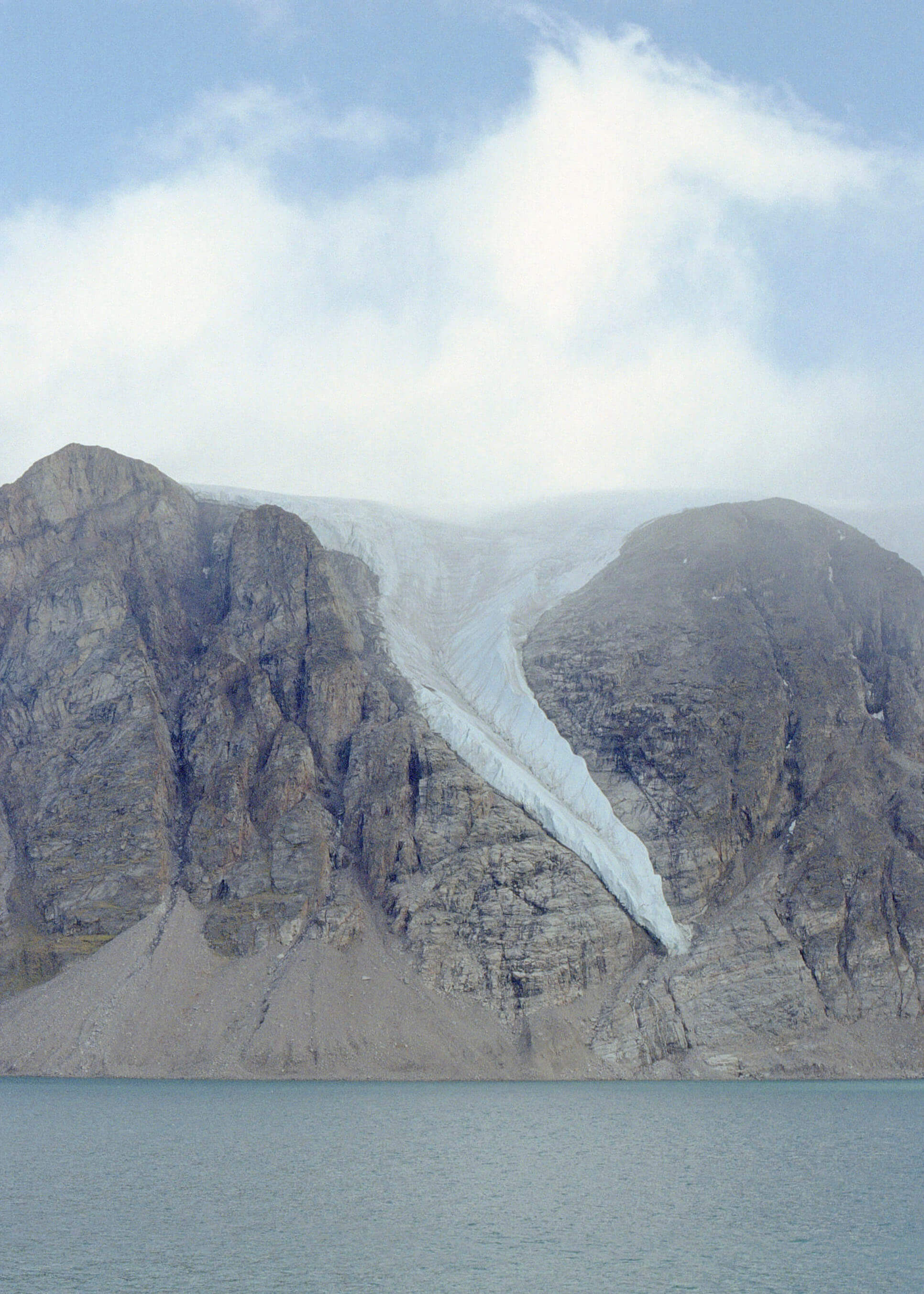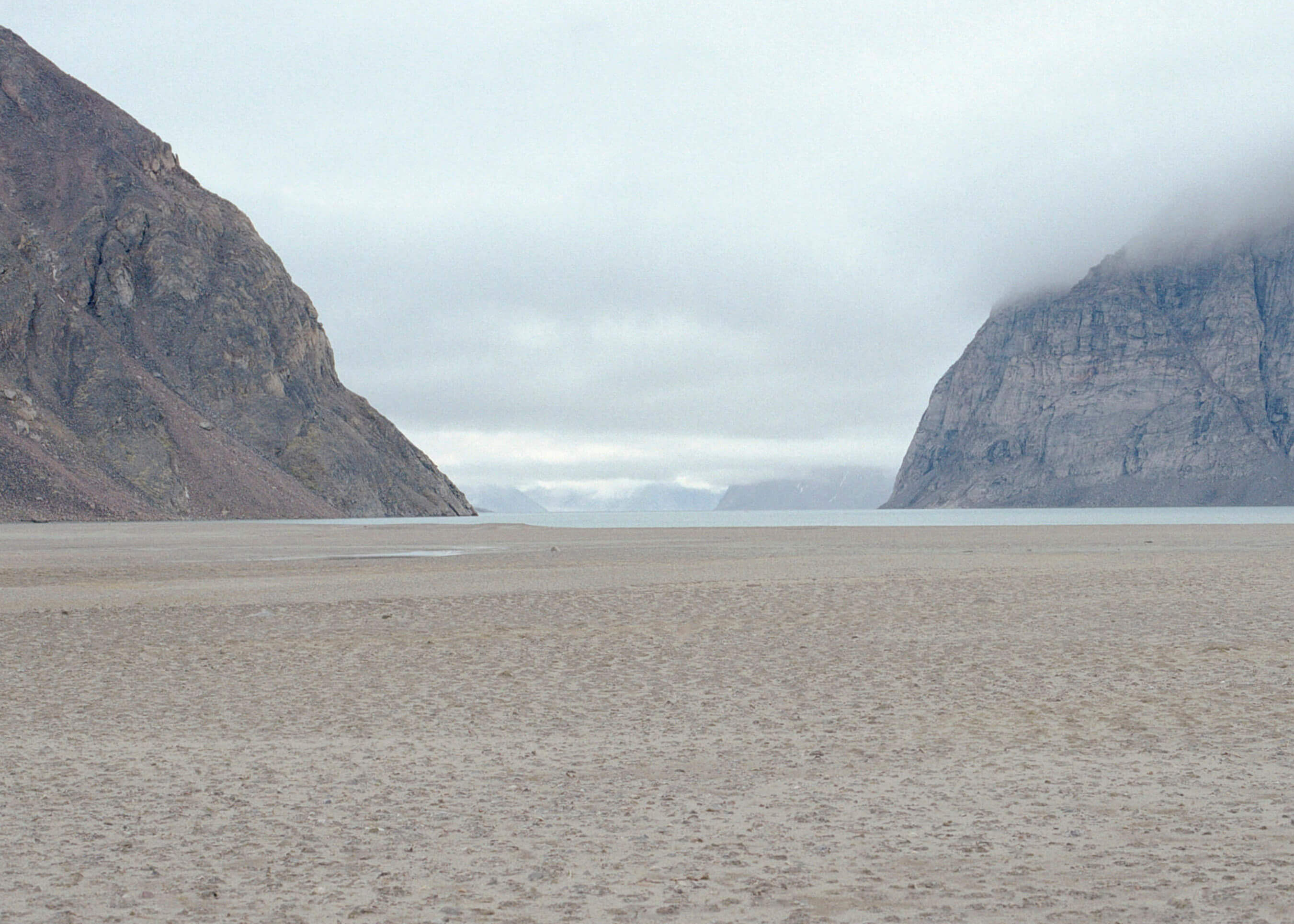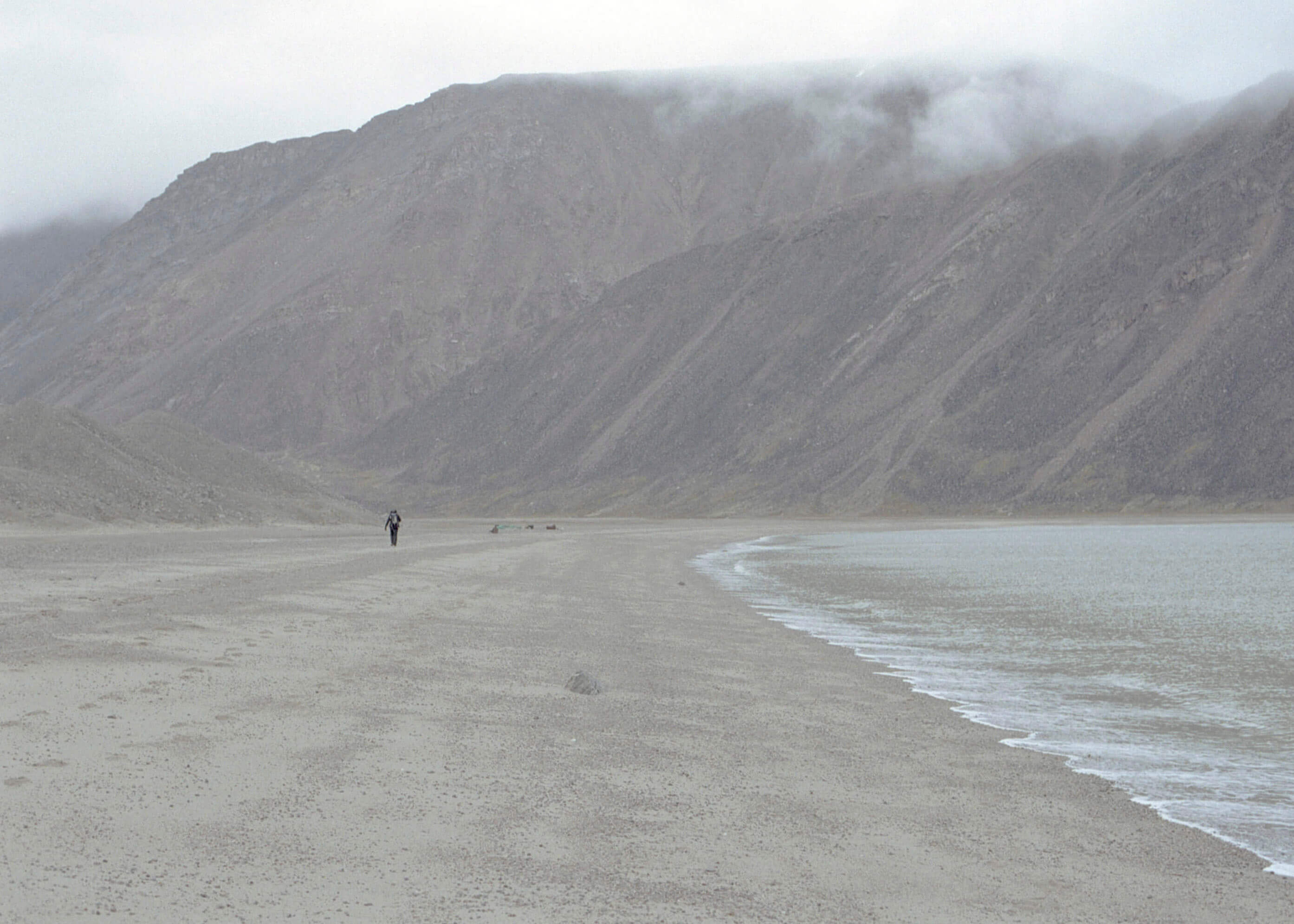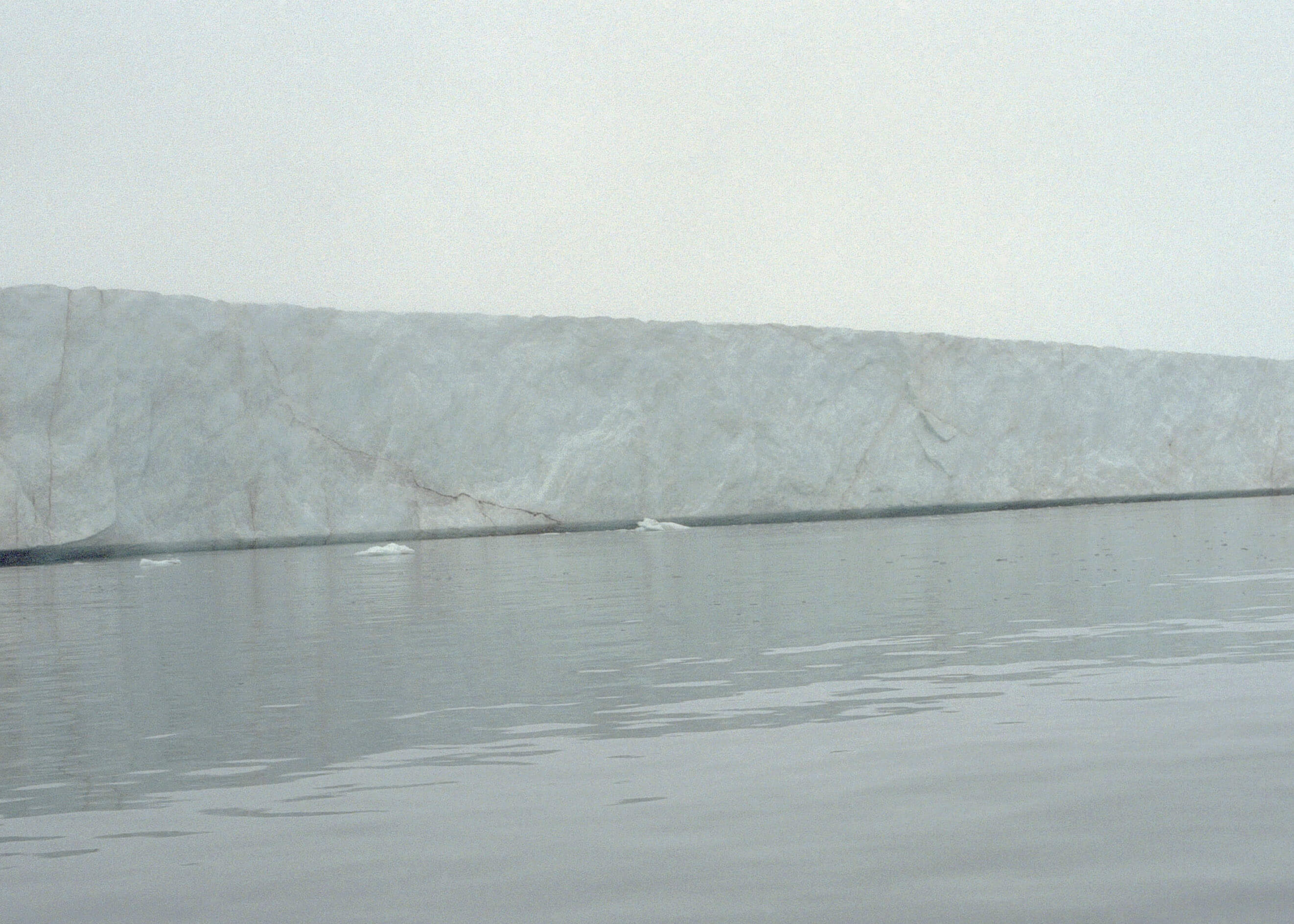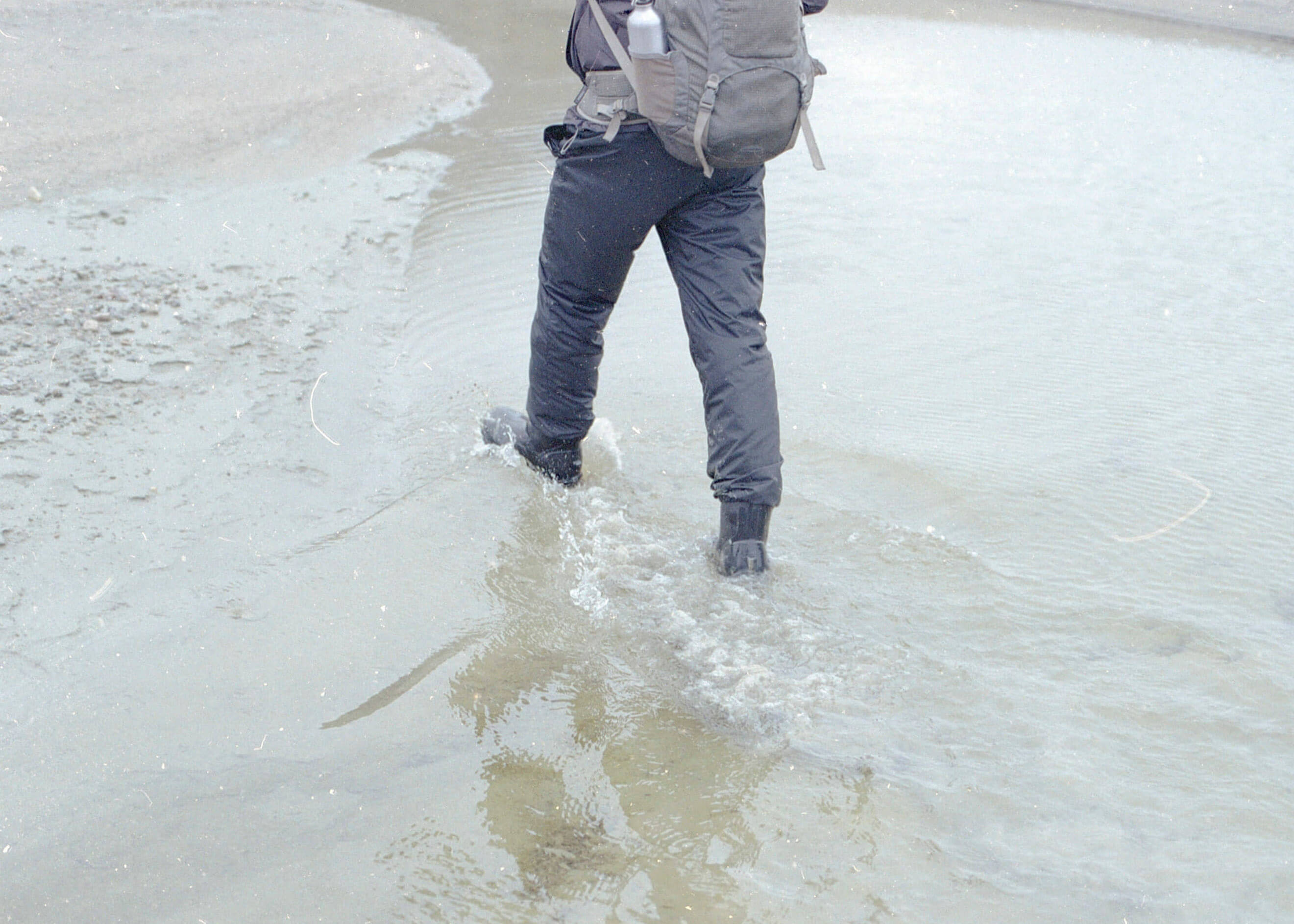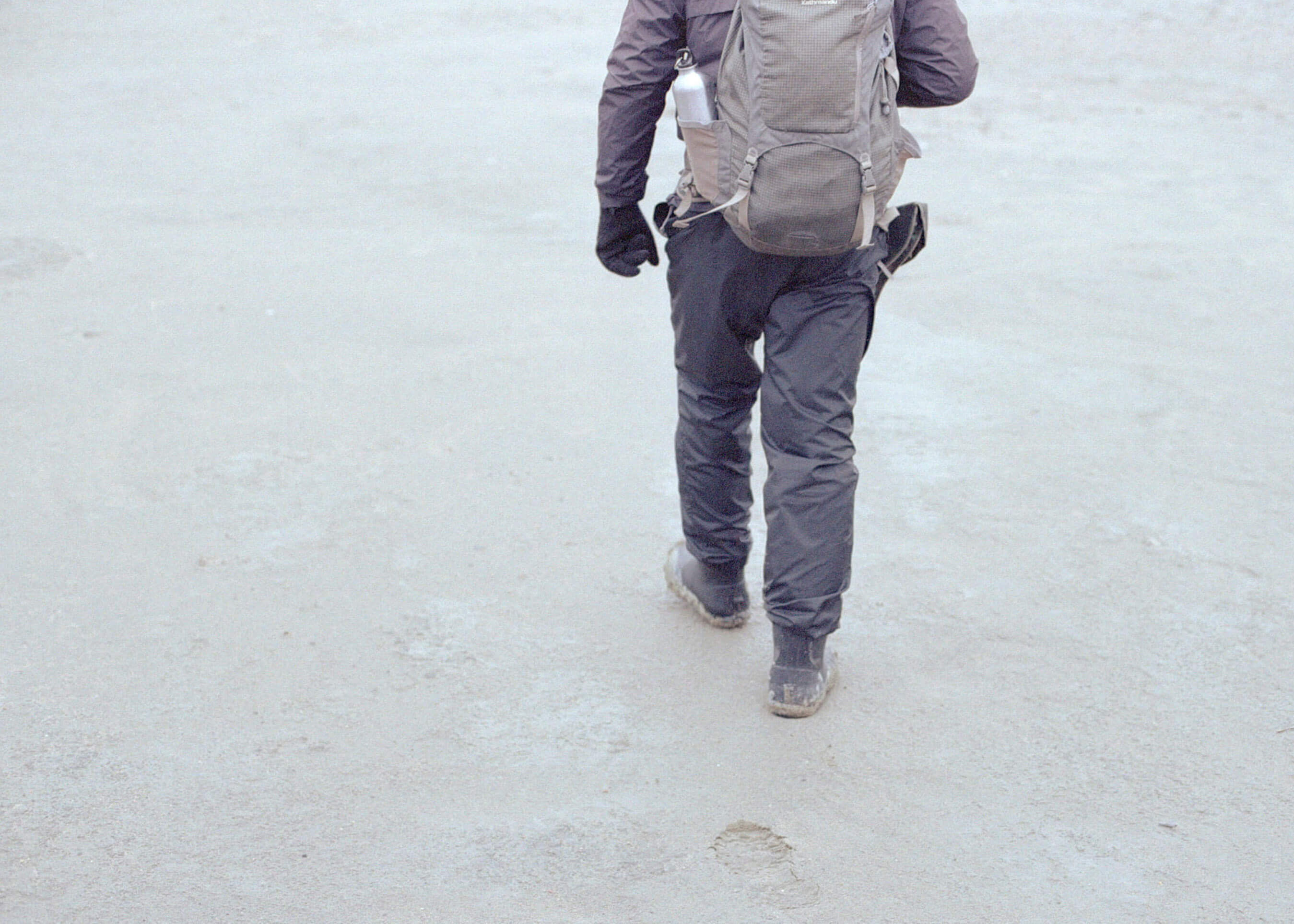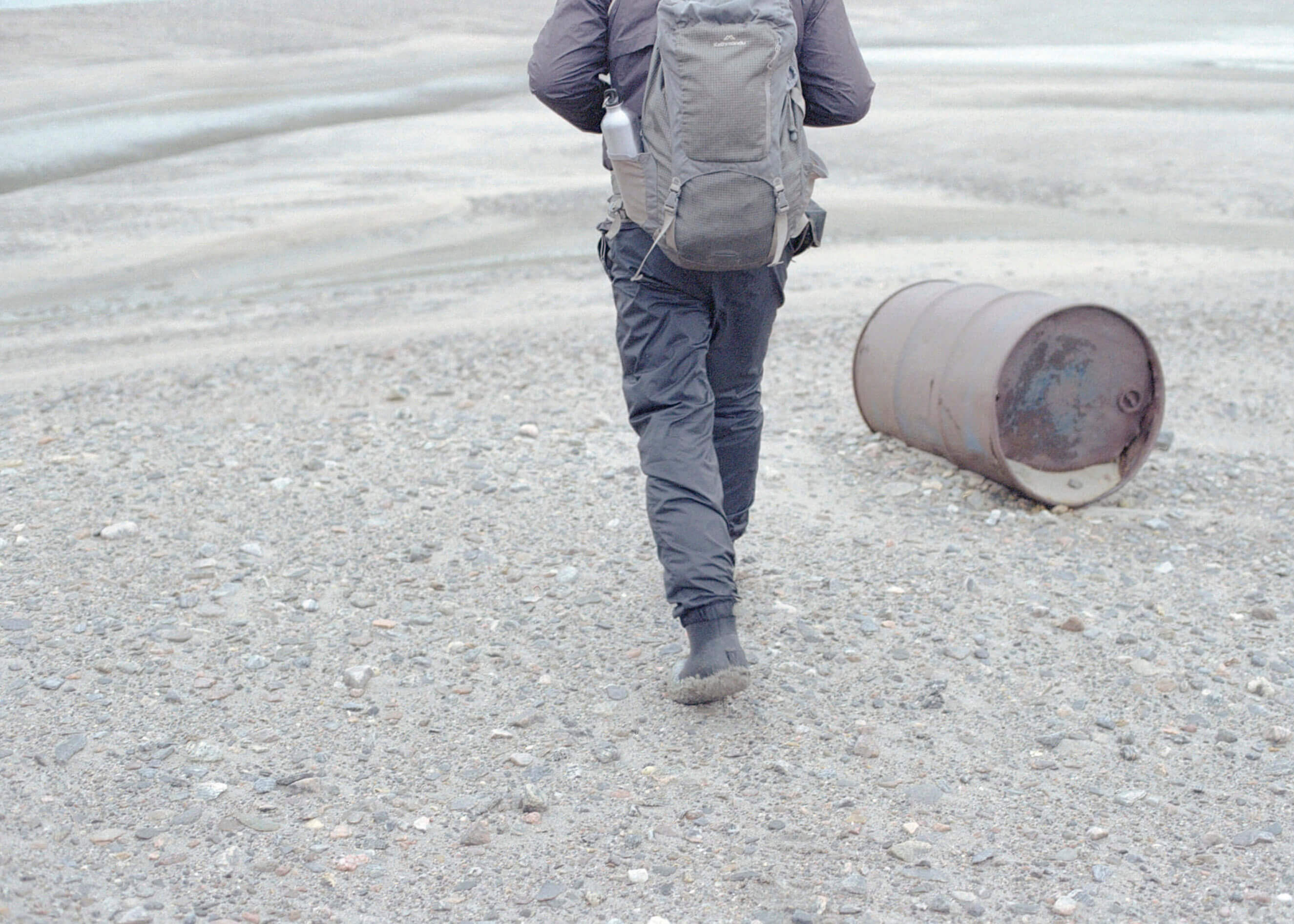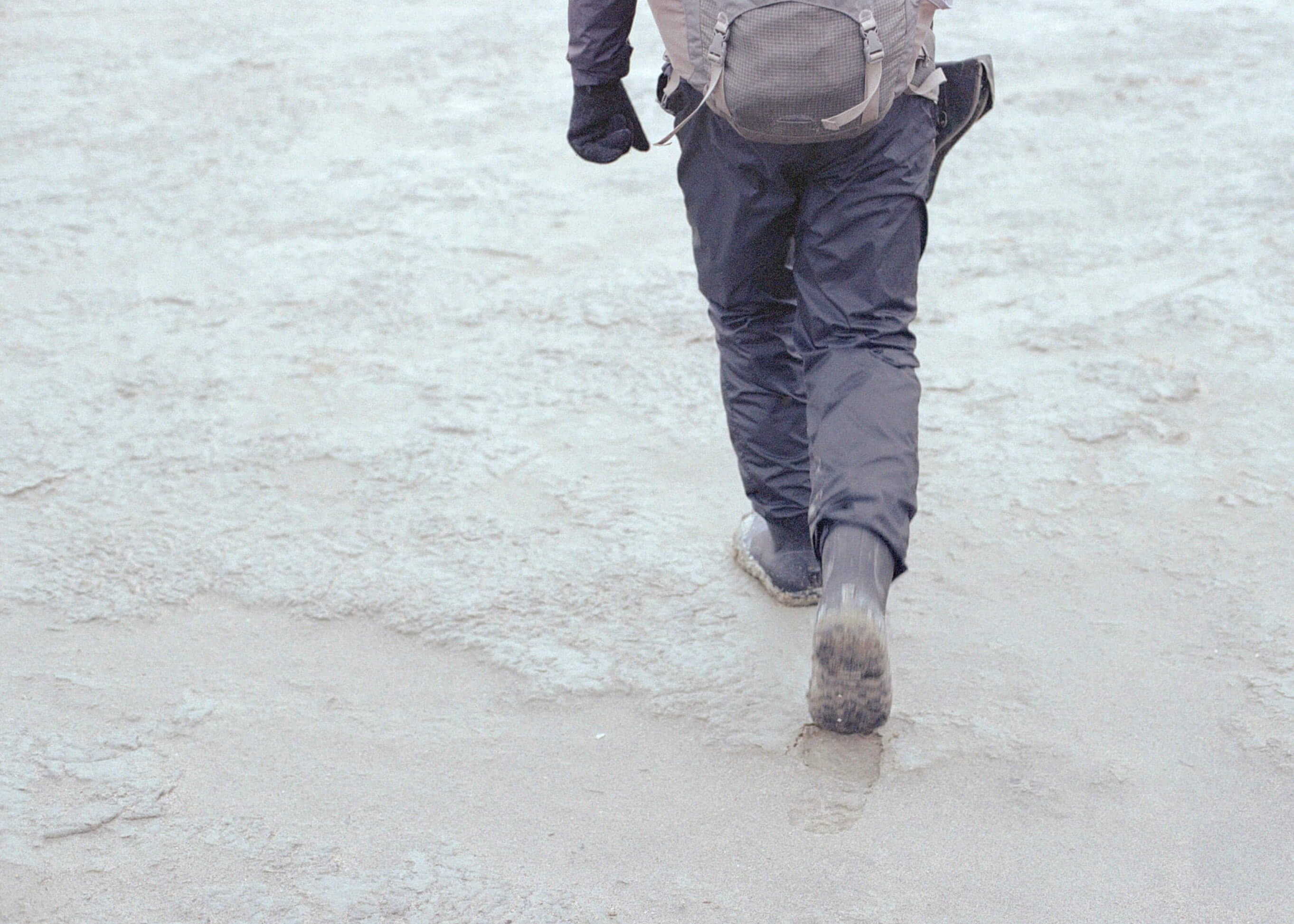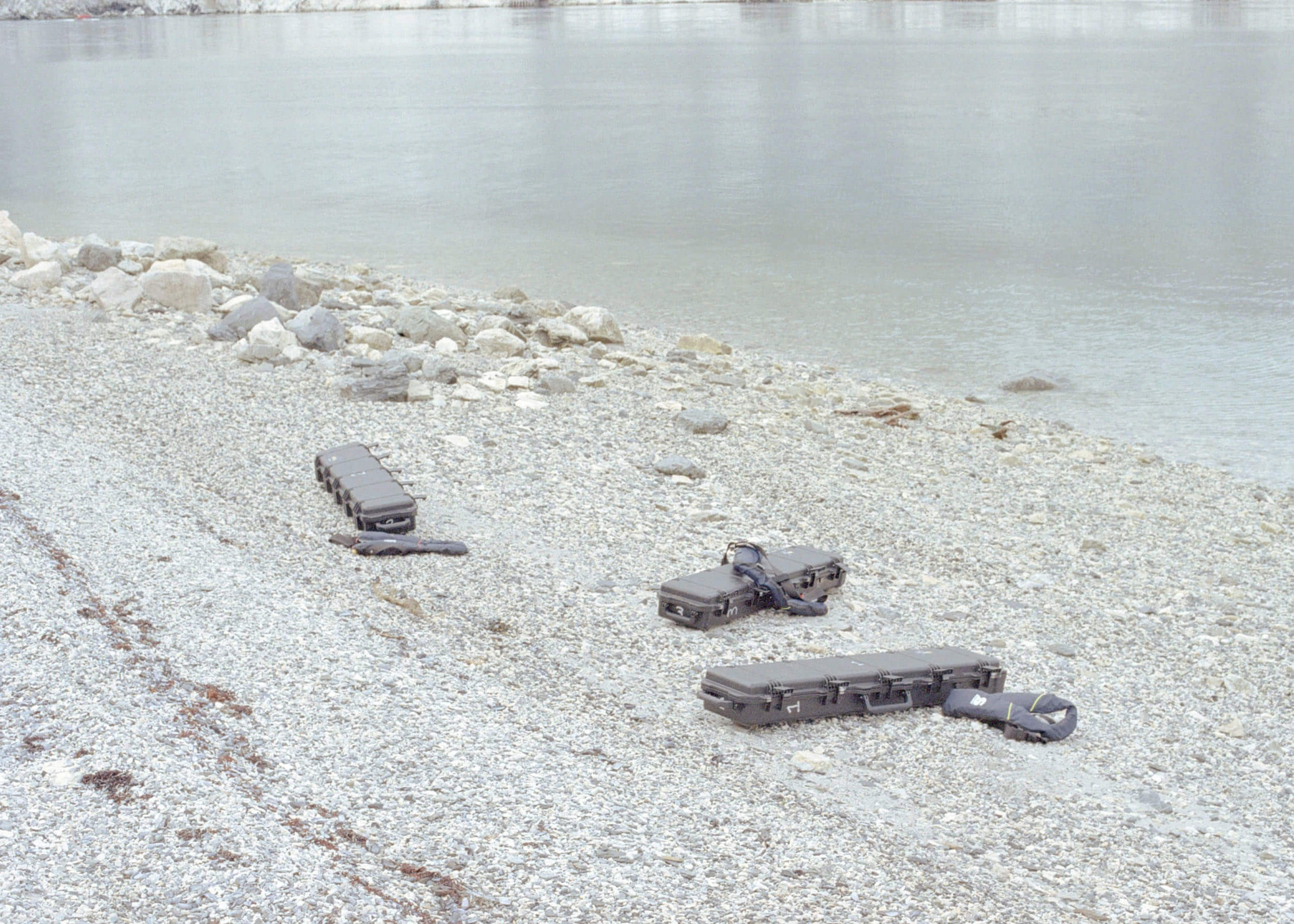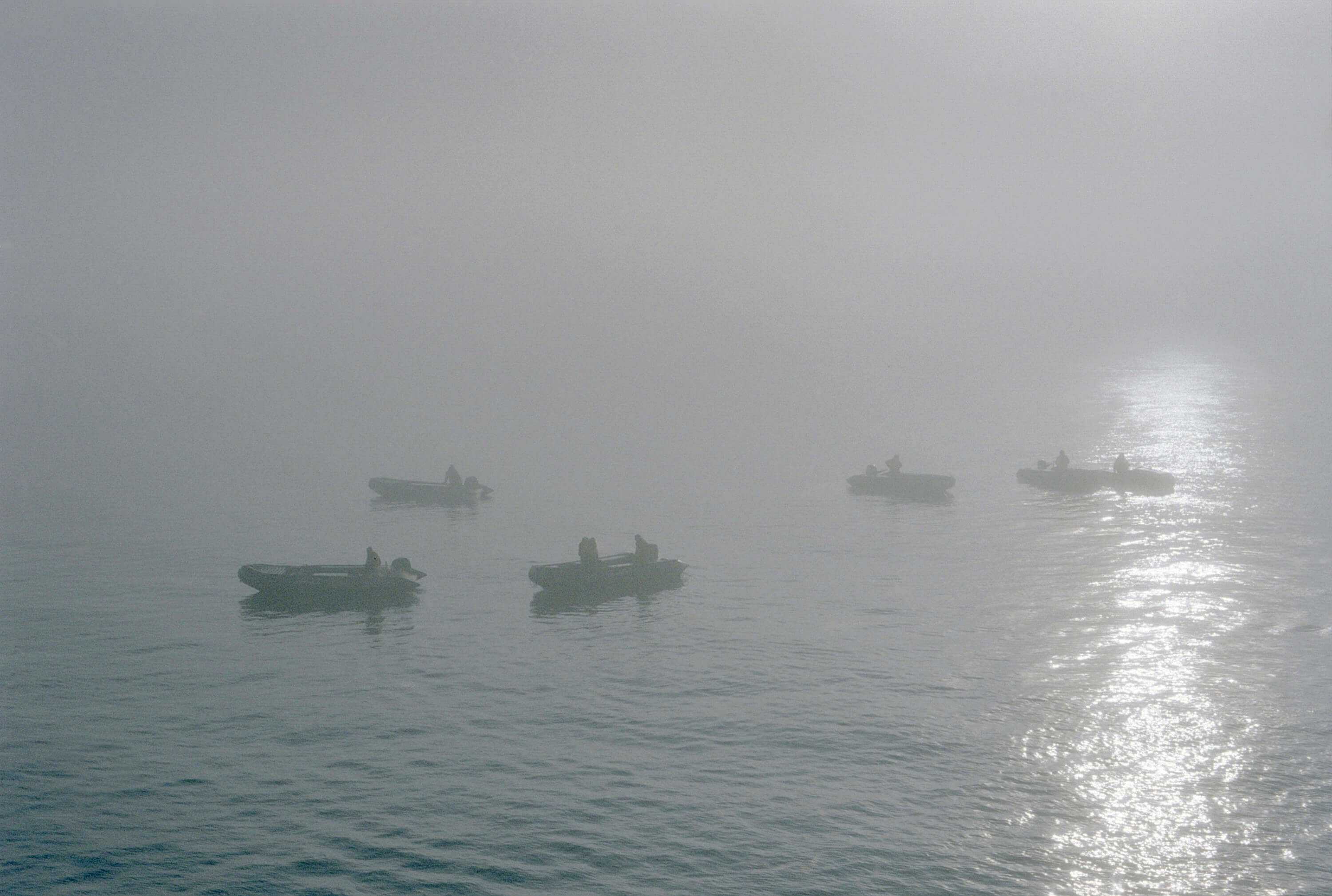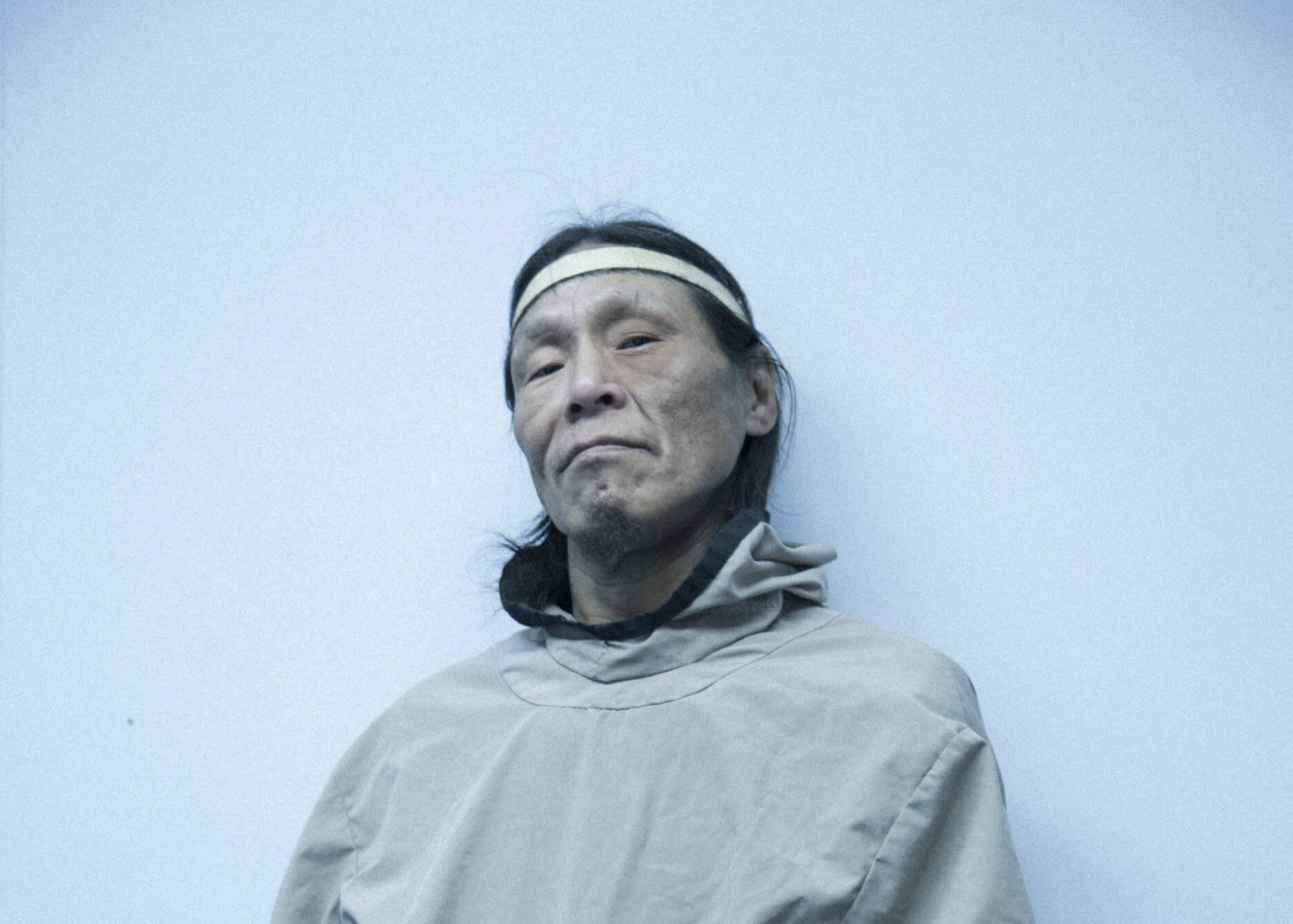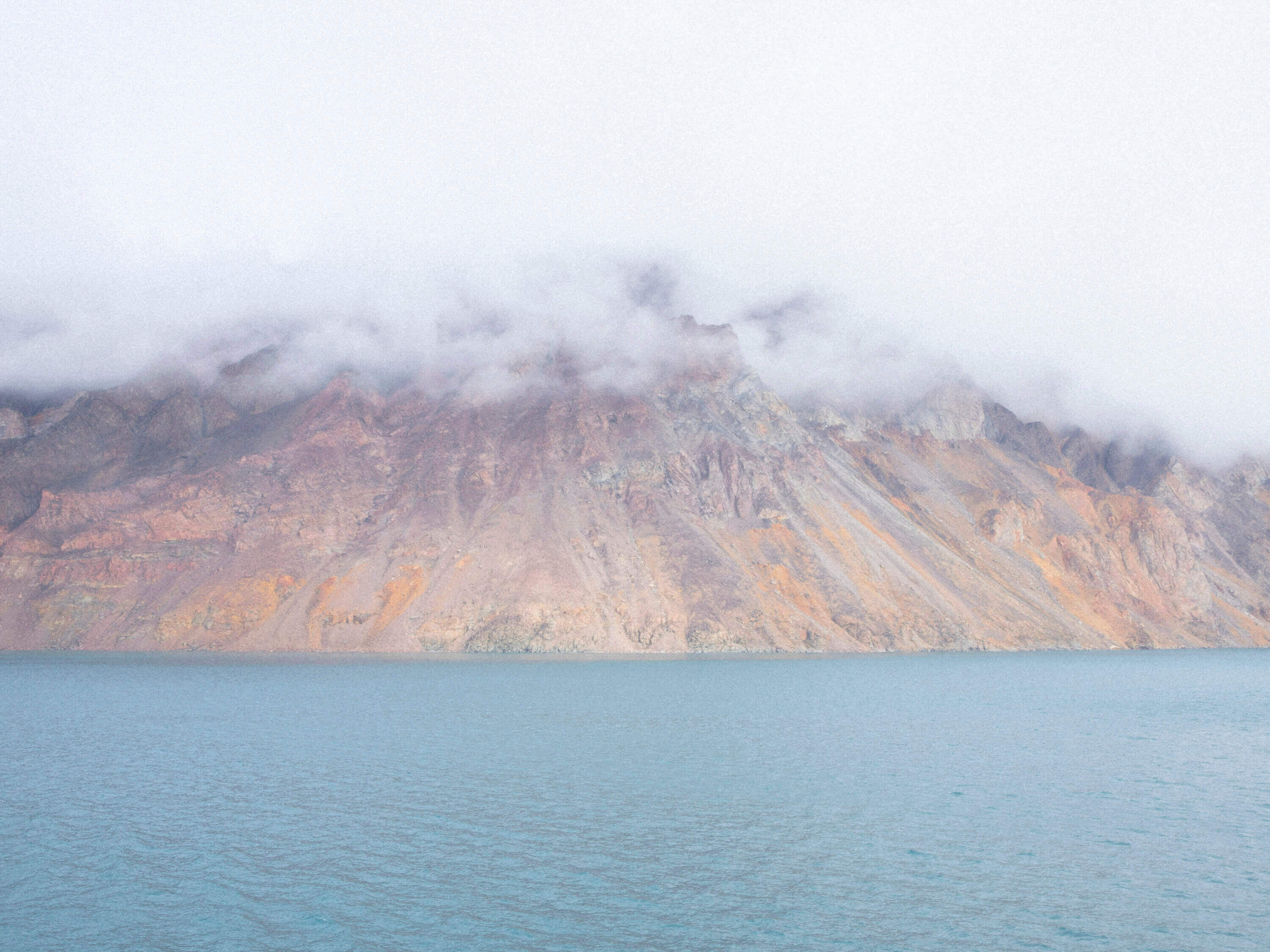At four o’clock in the afternoon, the choir of Qaanaaq, formerly known as Thule, sang for us in church. From the windows of all the churches in Greenland you can see the sea and the moment when the men return home from fishing. The Inuit word for “winter” and “year” is the same, ukioq, and in the Arctic regions that touch on the 80th parallel north, winter lasts nine months. One whole song was dedicated to the summer and probably that was all there was to say on the subject.
Flowers and fruit even blossom in the brief polar summers: Arctic poppy, red saxifrage, bog cranberry. The choir consisted of three men. Age-wise, they could have been son, father and grandfather. The fourth man was the choir director and he conducted with the sealskin drum that accompanies the Inuit’s original music and dances.
Almost all the small towns have their own choir and “folk” dances have regained immensely in popularity. The modern dances are European and were introduced to Greenland by the whale hunters and the first colonials in the seventeenth century. The youngest member of the Qaanaaq choir was called Aleqatsiaq. He had the transparent eyes of a Siberian wolf and the important surname of American great-great grandfather Peary, the man who first conquered the North Pole or thereabouts in 1909.
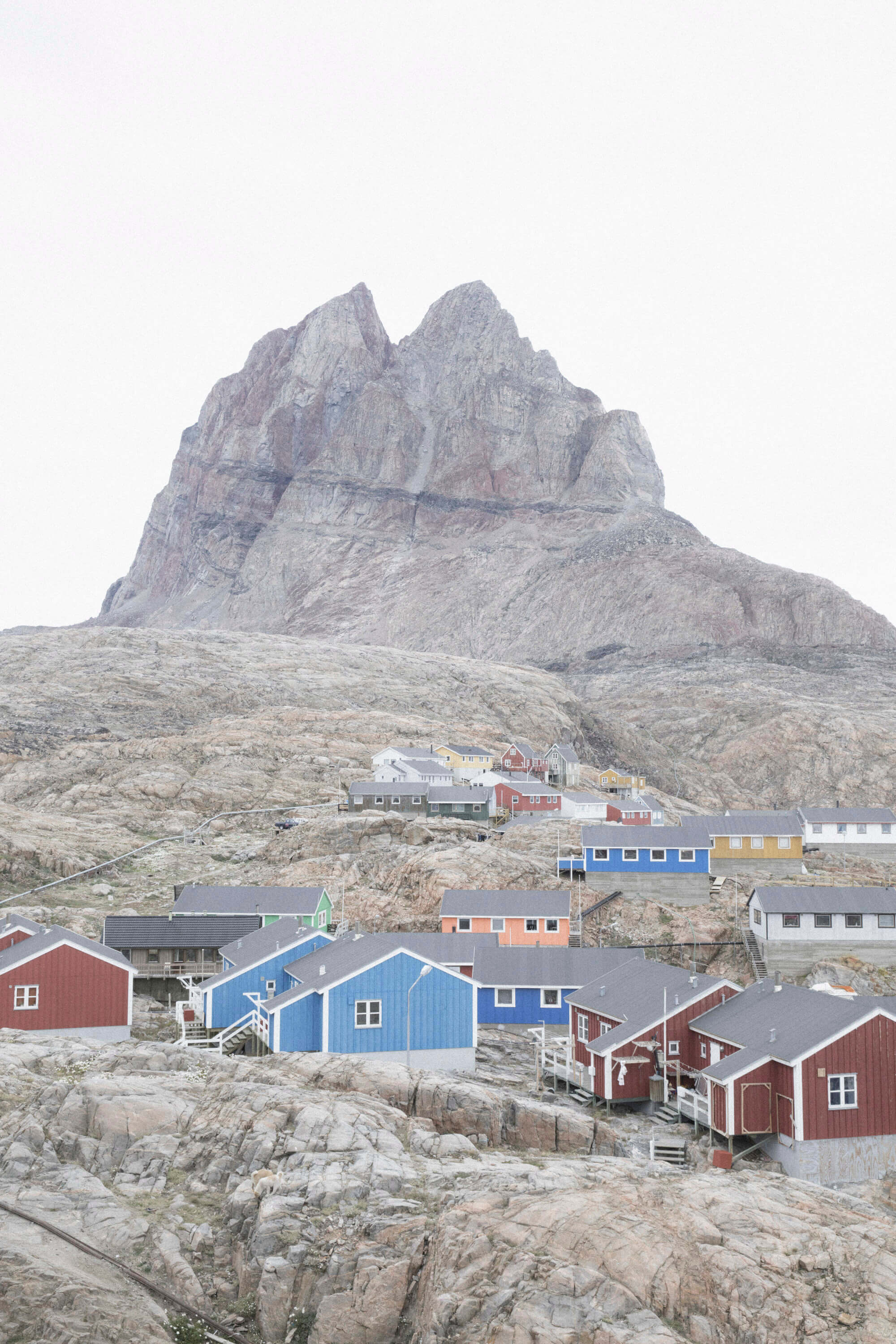
Aleq spoke English and introduced the texts, song by song. The third was the one two Arctic hares had taught to a child shaman. If you tried finding out more, going deeper into and through the text, to somehow discover these men’s vision of the world, it’d be no good.
Whether they spoke to us in English, Danish or the Kalaallisut dialect, what sounded simple might be culturally simple, but in a way that was by no means naïve, preserving the native candour and deftness.
These men and their forebears had seen landscape and beasts, landscape and beasts, for centuries. And in the pre-European days they had chosen the glacial Arctic Sea as their nomadic dwelling owing to its bounty and amenity for living. In Qaanqaaq and the surrounding villages they still lived off hunting, and the choir members’ uniform was nothing but the cotton summer jacket with a hood and large pockets that you pull over your head that all the Inuit wear under their animal fur cloaks.
In Greenland, they call things by what they look like or even by what they are. Ukaliusaq, literally “what seems a hare”, is the Greenlandic name for the common Eriophorum scheuchzeri, or Arctic cotton grass, the grass with a wad of silky woollen strands at the end which stream out in the wind. The stalks are used as matches and the whole plant is picked, dried out and rolled up to mix with seal fat and burn in the oil lamps.
And every village has its main road, the only road that can be defined as big, so it follows that it’s called the Big Road. The little old blue church in Sisimiut is the Blue Church, nothing more, nothing less, and stands one hill down from the Red Church, which is red, and today acts as the new community church with magnificent enamelled wooden interiors. The colours of the “Danish-style” detached houses introduced by the first missionaries corresponded to their functions, once again in an honest and immediately obvious way.
Yellow for shops, blue for fish shops, red for the hospital or the doctor’s. Other colours such as bright pink or purple only arrived later, as purely decorative and personal colour codes. The Blue Church was ordered in Copenhagen in 1771, paid for with 60 precious barrels of oil taken from four whales, assembled in Copenhagen, taken apart into numbered pieces, put on a ship for the colony of Holsteinsborg (today Sisimiut), blocked for a whole winter in Norway owing to bad weather, reassembled where it stands today and finally consecrated in 1775.
Wood was the most desired trading item for the Inuit. In the districts of Greenland, the only wood available had always been the driftwood that the currents transport by sea from Siberia. When it wasn’t enough to build the kayaks and umiaks (larger boats that sailed alongside the kayaks, transporting women and goods, i.e. villages), they used whale bones, narwhal tusks, horns. The treeline is still one of the ways of tracing the lower limit of the Arctic today, the point where the boreal forest gives way to the tundra once and for all, with its low-lying flora consisting of heathers, polar willow and moss. Past this line there are no trees, no trees grow on any of the land overlooking Baffin Bay where we set foot.
One day a child was walking in the mountains when he met two Arctic hares. The hares sang him a song. The child learnt it and then turned back and ran to his uncle to tell him about the two animals and the tune. His uncle asked him if he wanted to become a shaman and the child answered: “maybe”. His uncle told him: “not anymore, you shouldn’t have said what the two beasts told you”. The child said that it was a great shame.
His uncle smiled.
